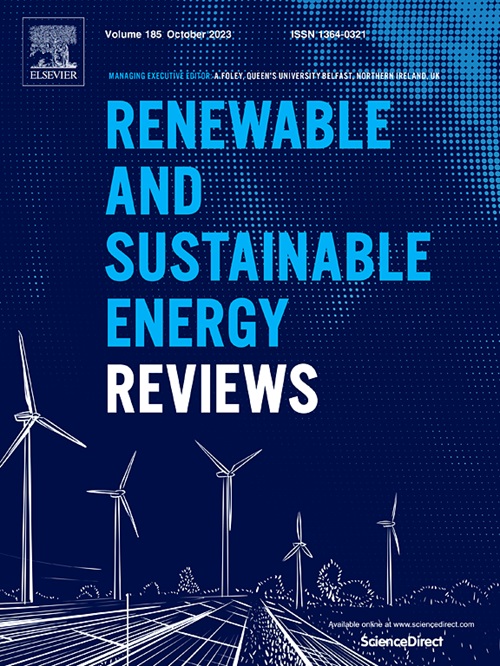Effect of peroxisome proliferation and salt stress on enhancing the potential of microalgae as biodiesel feedstock
IF 16.3
1区 工程技术
Q1 ENERGY & FUELS
引用次数: 0
Abstract
Microalgae are widely recognized as leading producers of third-generation biofuels. However, the industrialization of microalgae biodiesel faces significant challenges, primarily concerning efficiency and cost. A key bottleneck is the scarcity of energy-efficient, high-yielding, and resilient algal strains. To address this issue, this study investigated the role of the pivotal gene, Peroxin 11 (PEX11), involved in the formation of peroxisomes oxidative organelles ubiquitously present and associated with lipid metabolism and stress response. This study aimed to uncover the potential functions of PEX11 in lipid accumulation and salt stress response in Tetradesmus obliquus, utilizing PEX11-1 overexpression strains. Consistent with most reports, PEX11-1 was found to be localized in peroxisomes and potentially contributed to peroxisome proliferation in microalgae. The results revealed that overexpression of PEX11-1 positively impacted lipid accumulation, facilitated by the regulation of reactive oxygen species levels, the expression of lipid synthesis-related genes, and the redistribution of carbon precursors. The neutral lipid content in PEX11-1 overexpressing algal strains increased 2–3 times, with lipid yield escalating to 284.4 mg L−1 and cellular biomass reaching 902.3 mg L−1. Notably, under salt stress, the neutral lipid content per unit cell in the transformed line was nearly 4-fold higher than that of the WT. In addition, the overexpression of PEX11-1 hindered the involvement of lipid droplets in membrane remodeling and cell division, thereby diminishing the salt stress tolerance of T. obliquus. In conclusion, these findings emphasize the crucial role of PEX11 in microalgal lipid metabolism and offer insights into creating lipid-producing algal strains through genetic engineering.
求助全文
约1分钟内获得全文
求助全文
来源期刊

Renewable and Sustainable Energy Reviews
工程技术-能源与燃料
CiteScore
31.20
自引率
5.70%
发文量
1055
审稿时长
62 days
期刊介绍:
The mission of Renewable and Sustainable Energy Reviews is to disseminate the most compelling and pertinent critical insights in renewable and sustainable energy, fostering collaboration among the research community, private sector, and policy and decision makers. The journal aims to exchange challenges, solutions, innovative concepts, and technologies, contributing to sustainable development, the transition to a low-carbon future, and the attainment of emissions targets outlined by the United Nations Framework Convention on Climate Change.
Renewable and Sustainable Energy Reviews publishes a diverse range of content, including review papers, original research, case studies, and analyses of new technologies, all featuring a substantial review component such as critique, comparison, or analysis. Introducing a distinctive paper type, Expert Insights, the journal presents commissioned mini-reviews authored by field leaders, addressing topics of significant interest. Case studies undergo consideration only if they showcase the work's applicability to other regions or contribute valuable insights to the broader field of renewable and sustainable energy. Notably, a bibliographic or literature review lacking critical analysis is deemed unsuitable for publication.
 求助内容:
求助内容: 应助结果提醒方式:
应助结果提醒方式:


